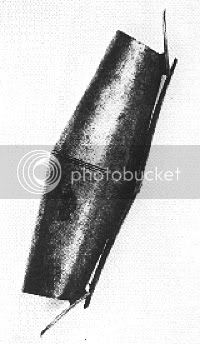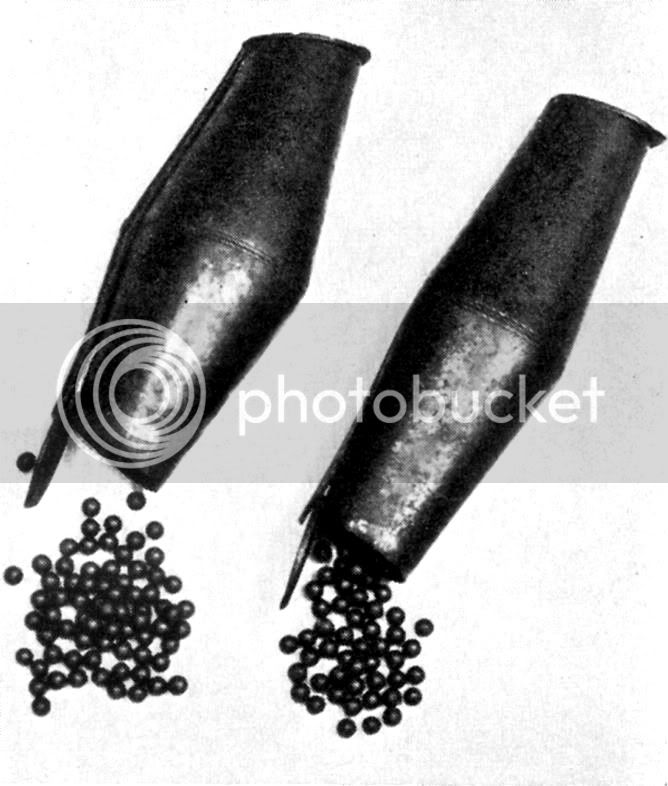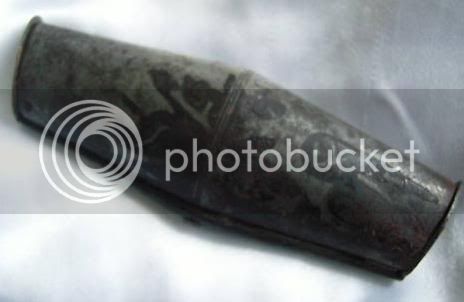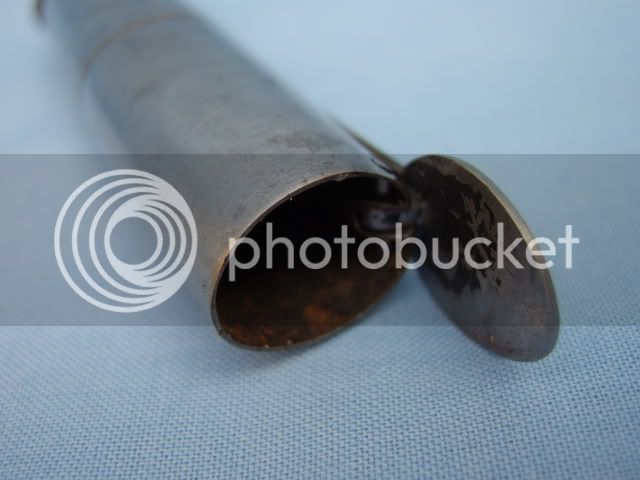I have an interesting reference which gives a fair bit of information about some 18th-century guns and gear, maybe some would be interested in discussing it. It’s from the Maryland State Archives, detailing an order for guns made in 1772.
I see mentions in the literature of fowling pieces, cocking pieces, squirrel pieces, but I don’t know what distinguishes between them. Are they really different guns or just being called by different names? I’ve seen, for example, a description of a fowling piece “charged with small shot” and hunting squirrels.
These two guns both have short barrels, 37 1/2” and 20 1/2”. I first thought the 20 1/2” one was probably a boy’s gun, but notice that it is to be “well fortified”, which I take to mean strongly built, and that the barrel is required to be 1.2” wide, a thick one. Is that at the breech of a tapered barrel, or is it straight? Why specifically that extra 1/2 inch?
No bore size is specified.
Spring steel chargers ordered for each gun, but for the longer gun the amount of powder and shot is to be whatever the builder determines to be best. The chargers would hold only that amount. Sounds as though he didn’t intend to try different loads. For the shorter gun a “full finger” of powder and shot is specified. A full finger in which way, long or wide, and in what container? The bore? Is a full finger more or less than the load which is “proper for the gun” as specified for the longer gun? Is he loading up or down?
The “charges” might be something like this, although I don't know the date on such:

He speaks of screws permanently fixed to the gun stick to draw the gun, but is that to draw wadding or balls?
I assume that these guns are to be used both for shot and ball, since both chargers for shot and powder and molds are specified for each gun. We can’t be certain, though, that the mold wasn’t for swan or buck shot, both commonly loaded at that time either for hunting or war. Since nothing was specified, I assume a plain round ball proper for the gun.
Spence
Frederick Green P Letter, 26 November 1771, Wallace, Davidson & Johnson Order Book 1771-1774, Chancery Papers Exhibits 1773-1776, MSA no. 528-27, Maryland State Archives, Annapolis, Maryland, 47.
In 1772, Charles Carroll ordered:
1 neat cocking Gun 3 feet 1 In & ½ in the Barrell with brass mounting to be bot of Wm
Turvey - Stanton or Wilson, or a good as one as can be made may be got for four Guineas.
6 Steel spring charges for do to contain in each charger a load of powder & shot & no
more of each than the proper load of the gun.
1 neat small gun well fortified 1 Foot 8 Inches & ½ long in the barrell, the Barrel an Inch
& 3/15 of an Inch wide the Stock proportioned to the Barrall neatly mounted with Brass.
6 Steel Spring charges for do each to contain a full finger of powder & shot, & no more.
Direct the head of all the screw pins to each gun to be substantial and the channel in them to be cut deep that the turn Screw may take a good hold.
Direct the stocks near the muzles to be neatly capped with Brass (that part of the
stock being very apt to split) and Screws neatly & strongly fixed with the end of
each gun stick to draw the gunns. A bullet mold to each gun.(8)
I see mentions in the literature of fowling pieces, cocking pieces, squirrel pieces, but I don’t know what distinguishes between them. Are they really different guns or just being called by different names? I’ve seen, for example, a description of a fowling piece “charged with small shot” and hunting squirrels.
These two guns both have short barrels, 37 1/2” and 20 1/2”. I first thought the 20 1/2” one was probably a boy’s gun, but notice that it is to be “well fortified”, which I take to mean strongly built, and that the barrel is required to be 1.2” wide, a thick one. Is that at the breech of a tapered barrel, or is it straight? Why specifically that extra 1/2 inch?
No bore size is specified.
Spring steel chargers ordered for each gun, but for the longer gun the amount of powder and shot is to be whatever the builder determines to be best. The chargers would hold only that amount. Sounds as though he didn’t intend to try different loads. For the shorter gun a “full finger” of powder and shot is specified. A full finger in which way, long or wide, and in what container? The bore? Is a full finger more or less than the load which is “proper for the gun” as specified for the longer gun? Is he loading up or down?
The “charges” might be something like this, although I don't know the date on such:

He speaks of screws permanently fixed to the gun stick to draw the gun, but is that to draw wadding or balls?
I assume that these guns are to be used both for shot and ball, since both chargers for shot and powder and molds are specified for each gun. We can’t be certain, though, that the mold wasn’t for swan or buck shot, both commonly loaded at that time either for hunting or war. Since nothing was specified, I assume a plain round ball proper for the gun.
Spence







